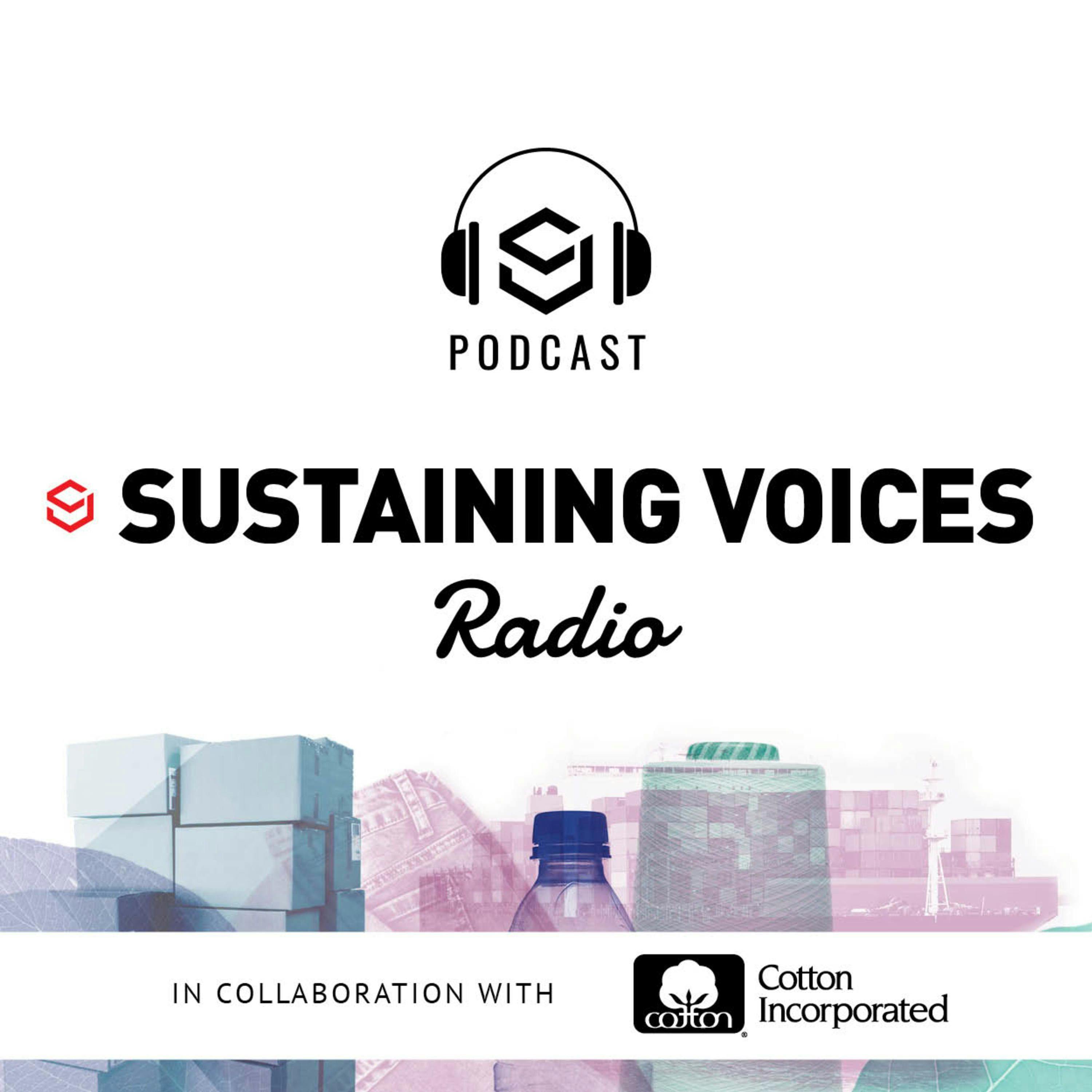Practicing Responsible Sourcing, One Tree at a Time

b"More than 150 million trees are logged each year and turned into cellulosic fabric, many from ancient and endangered forests. As a result, irreparable damage is being inflicted upon the roots connecting our world\\u2019s facilities.\\n\\nIn this podcast, Amanda Carr, director of strategic initiatives at Canopy, talks about the problem and her organization's efforts to raise awareness and slow the erosion of this natural resource. And Franco Costantini, managing director at Control Union, provides details on his company\\u2019s Connected traceability platform and how it helps brands and retailers establish and stick with responsible sourcing.\\n\\nCanopy's CanopyStyle initiative, now in its fifth year, seeks to end logging from these threatened areas while supporting the development of alternative fibers and advancing large-scale conservation efforts. Canopy's latest initiative is ForestMapper, a web-based publicly available tool that enables all purchasers of forest products to discern whether they\\u2019re at risk of sourcing from these areas.\\n\\n\\u201cStudies are showing that when intact forests are cleared or degraded, there\\u2019s a reduction in cloud cover and rainfall,\\u201d noted Carr. \\u201cWe can think of forests of a sort of simple ecosystem on the planet, or we can start connecting them in our minds to all of the services they provide.\\u201d\\n\\nAbove all, the interactive ForestMapper tool intends to bring transparency to the supply chain so brands, retailers, manufacturers and designers can make the necessary changes to stop sourcing from these vulnerable areas.\\xa0\\xa0\\n\\nWith Connected, Control Union helps brands and retailers meet their CanopyStyle commitments by providing visibility throughout the entire supply chain. Costantini added that not only does increasing transparency help companies identify where they\\u2019re sourcing from, the aggregation of data can also bring to light inefficiencies and previously unknown cost savings.\\xa0\\n\\nConsumers, meanwhile, are seeking more transparency into their apparel purchases, and they are placing a higher value upon the products and brands that share this information, according to Costantini.\\n\\n\\u201cWe are at the moment of a cultural change,\\u201d said Costantini. \\u201cPeople are more aware of sustainability issues. Brands, by consequence, are able to implement their [strategies]. It\\u2019s like snowballs: The more people who are aware, the more momentum is created.\\u201d\\n\\nListen to the podcast to learn:\\n\\n\\u2022 The role that trees play in the health of our planet\\n\\u2022 The scalability of some of the newest alternative raw materials\\n\\u2022 The catalyst behind the growing awareness of sustainability\\u2014and the level of education still required\\n\\u2022 Who carries the responsibility in educating consumers\\n\\u2022 How to get C-Suite executives on board with making these necessary changes\\n\\u2022 Why marketing is contributing to confusion in the marketplace\\n\\u2022 The role that governments should have in creating protected areas\\n\\u2022 Subscribe to the Sourcing Journal\\xa0Podcast\\xa0on\\xa0Spotify,\\xa0Apple iTunes,\\xa0Google Play\\xa0and\\xa0Tune In.\\n\\nLearn more about your ad choices. Visit megaphone.fm/adchoices"